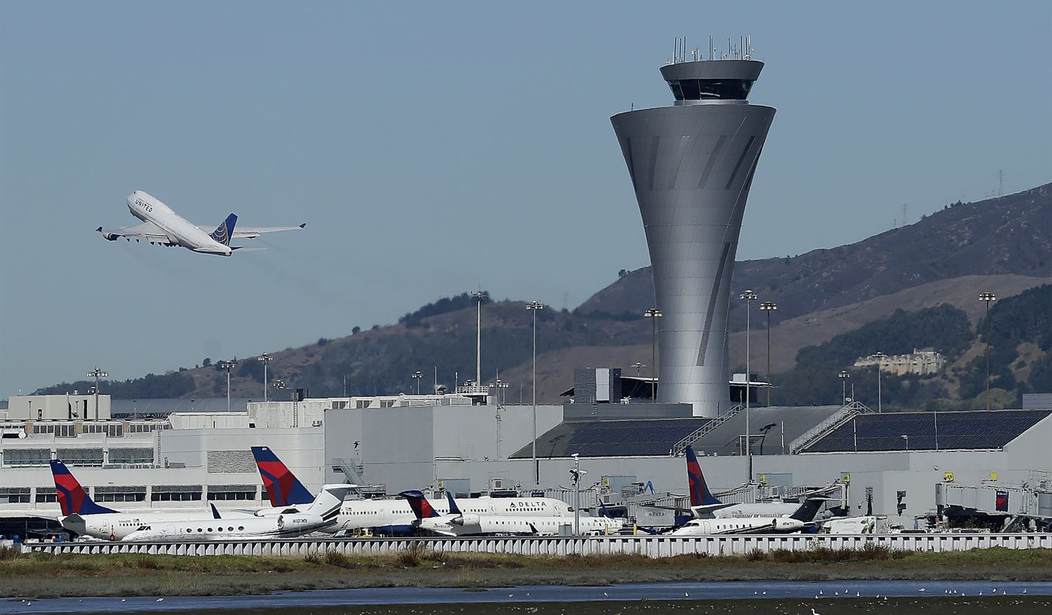Finland's national airline suspended flights to the Estonian city of Tartu after GPS jamming prevented its aircraft from landing:
“Most airports use alternative approach methods, but some airports, such as Tartu, only use methods that require a GPS signal to support them,” said Jari Paajanen, Finnair’s director of operations.
Finnair said GPS interference has been increasing over the past two years. “Finnair pilots have reported interference especially near Kaliningrad, the Black Sea, the Caspian Sea and the Eastern Mediterranean,” the company said.
Commercial air travel over the Baltic Sea has become a game of chance in recent months. Flights have reported disruptions to GPS signals, raising concerns about safety and sparking accusations of deliberate jamming by Russia. While the Kremlin has denied involvement, the incidents have coincided with heightened tensions in the region and pose a potential threat to civilian air travel.
GPS jamming is not confined to the Baltic; it takes place throughout the region:
Breaking Defense reported that a spike in GPS jamming on Christmas and the following day affected a large area of northern Poland and southern Sweden. On New Year’s Eve, aircraft across southeastern Finland reported disruptions. Areas in Poland again experienced GPS disruption in mid-January. As the month wound-down, southern Sweden, northern Poland, Estonia and Latvia were impacted.
It is also widespread:
The newest record-breaking run of jamming in the Baltic region started on the evening of 22 March and lasted 63 hours and 40 minutes – until the afternoon of 25 March, according to an open-source intelligence analyst who uses the social media account Runradion. The attack included 24 hours of interference patterns spread across parts of Sweden, Germany and Poland, before a switch to more focused interference primarily covering Poland, which lasted for about 40 hours.
More than 1600 aircraft were affected by this record-breaking period of disruption, according to another analyst using the pseudonym Markus Jonsson. In an earlier incident on 13 March, a Royal Air Force aircraft carrying UK Defence Secretary Grant Shapps experienced GPS signal interference on both legs of a journey between the UK and Poland as the aircraft flew near Kaliningrad.
The issue of GPS jamming in the Baltic Sea first gained widespread attention in early 2022, shortly after the outbreak of the war in Ukraine. Airlines operating in the region began reporting instances of missing or manipulated GPS signals, particularly near Russia's Kaliningrad exclave, a strategically important territory bordering Lithuania and Poland. These disruptions forced pilots to rely on older, less precise navigation methods, potentially increasing workload and the risk of errors during critical maneuvers like landing.
While no definitive proof exists, Baltic nations and NATO have pointed the finger squarely at Russia. A series of open-source intelligence investigations using commercially available data have made the case against Kaliningrad pretty strong.
I thought I would try to help out with the GPS jamming from Kaliningrad. I used data from @auonsson, who has done some amazing work already.
— Wayne Metcalf (@waynepmetcalf) April 30, 2024
Anyway, here are my results for possible location of the Jammer. pic.twitter.com/WGJU21ZWly
The GPS-jammer affecting aircrafts around Estonia is located in Russia, about halfway to St Petersburg from Narva, Estonia.
— Markus Jonsson (@auonsson) April 29, 2024
This can be shown by plotting the highest density of intersecting radio horizons of jammed aircrafts on a map.
Further, a drone-based method supports it. pic.twitter.com/xcQyKxyysF
The Baltic Jammer is in Kaliningrad.
— Markus Jonsson (@auonsson) April 6, 2024
5th proof, 3rd method.
This time with numbers on likelyhood. We just need a statistician to tell us how sure we are. Surely over 9000.@PajalaJussi computed how many radio horizons of first jammed plane intersect. Here, heatmapped. pic.twitter.com/9zMYvwtxQP
This is not a joke. Interfering with GPS signals not only interferes with navigation, but also makes air traffic control operations more difficult or, as we saw at Tartu, impossible. Terrain Avoidance and Warning Systems become unreliable.
While the diplomatic case against Russia being behind the interference is strong, there is a question of motive. Experts theorize several potential motives for Russia's alleged actions. Disrupting GPS could be a way to mask military movements or test NATO response times. Some speculate it might be a tactic to intimidate regional air travel and bolster Russia's military dominance in the Baltic airspace. Or it could be the Russians are doing it for the same reason that a dog licks its nether regions: because it can.
I have my personal theory. I think the Russians are using the Kaliningrad and St. Petersburg GPS jammers as a military test bed. GPS is a critical component in precision-guided munitions. The Ukrainians use it to guide drone attacks against economic targets deep inside Russia. GPS is also used on deep-attack weapons. The Baltic offers the Russians a test range with hundreds of targets in a very permissive diplomatic and military environment.
When Ukraine was given the Ground-Launched Small Diameter Bomb in February, there were high hopes that it would provide a weapon that could reach targets beyond the range of HIMARS and MLRS rockets. It didn't turn out that way.
🇺🇸 🇺🇦 Speaking @CSIS, Undersecretary of Defense for Acquisition and Sustainment LaPlante indicates the Boeing-Saab produced Ground-Launched Small Diameter Bomb has proven largely ineffective in Ukraine.
— John Ridge 🇺🇸 🇺🇦 (@John_A_Ridge) April 25, 2024
He cites numerous issues including ineffective TTPs and Russian GPS denial. pic.twitter.com/RfEgdaTUFX
In the words of Undersecretary Bill LaPlante, "And what happens is, when you send something to people in the fight of their lives, [and] it doesn't work, they'll try it three times, and then they just throw it aside. So that's happened, too."
BACKGROUND: Putin's War, Week 113. US Aid Arrives Just in Time and a Russian Attack Nearly Turns Into a Breakthrough
The weapon system flopped because the guidance system was defeated by Russian GPS jamming.
The M982 Excalibur precision-guided 155mm artillery round has suffered a similar fate. In areas subjected to GPS jamming, its effectiveness fell from 70 percent to 6 percent. The Ukrainian Army's "go-to" ammunition, the M-30 GLMRS, is also facing difficulties.
The effectiveness of Ukraine's Excalibur GPS-guided rounds decreased from 70% to 6% within six weeks as Russia adapted and employed various EW assets to counter them. Source: https://t.co/srjdyMnOu0 https://t.co/3mLmObamnN pic.twitter.com/2BLZfVqLz1
— Konrad Muzyka - Rochan Consulting (@konrad_muzyka) April 30, 2024
To date, there has been a limited response. Estonia has called in the Russian charge d'affaires, made a formal protest, and is trying to get the issue on NATO and the EU's radars. If history is any guide, the EU and NATO will continue their ostrich imitation until tragedy strikes.













Join the conversation as a VIP Member